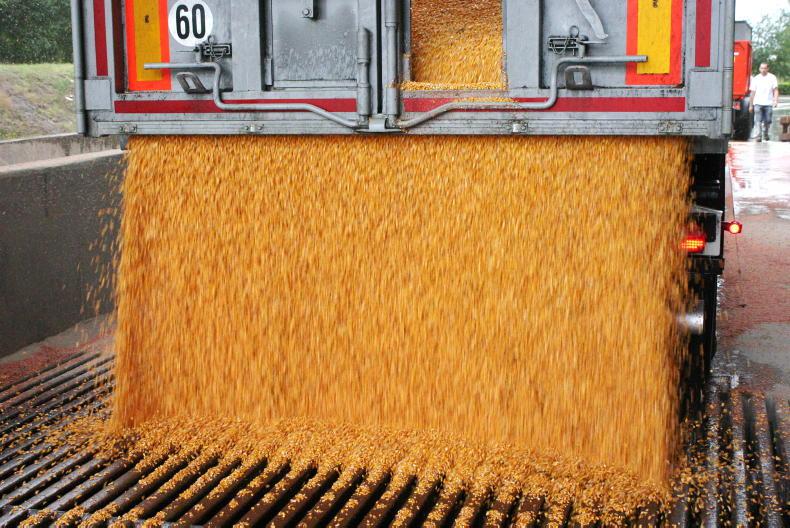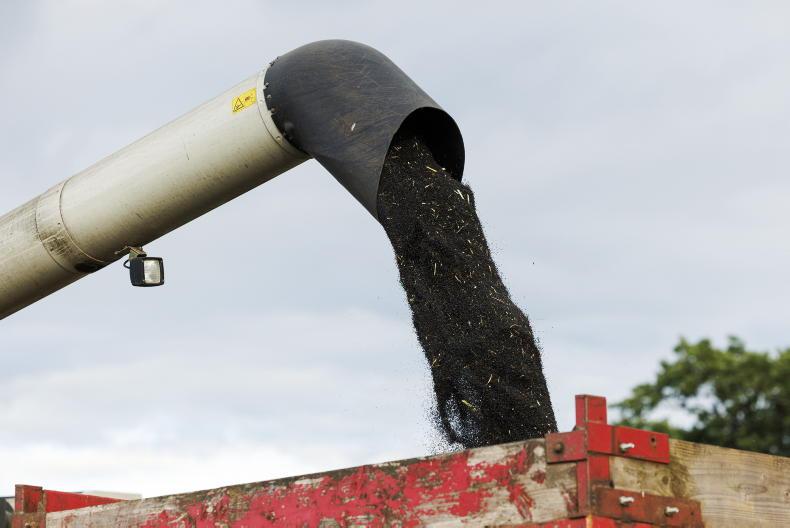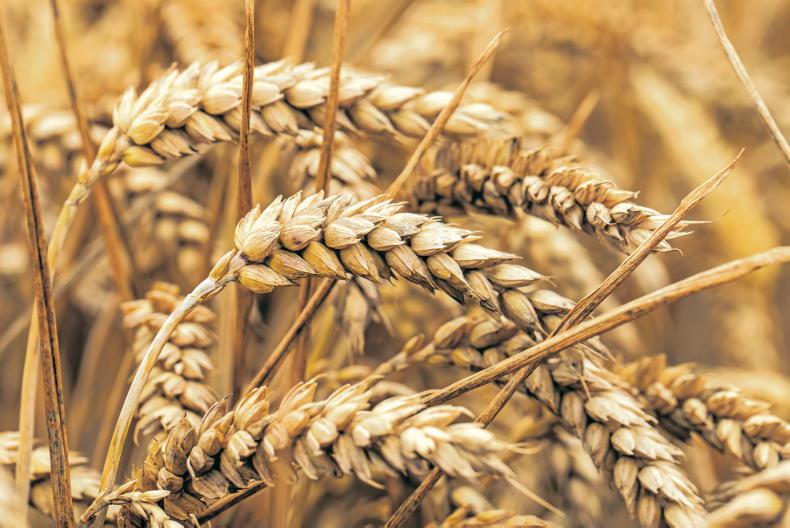Grain markets were neither stable nor static over the past week.
On Tuesday of last week, December MATIF wheat closed at €326/t. This dropped to €322/t on Wednesday and €317.25/t on Thursday. Friday was up slightly to close at €319.25 /t.
Then Monday of this week brought another surge in prices to result in a close of €329.75/t, the highest it has had since the end of July. But Tuesday saw a further weakening to close at €322.75/t.
So the market lacks definite direction as it continues to react to the most recent news regarding the impact of weather on likely maize production.
Maize is the driver
It would seem that this most recent price surge is due to continuing concerns over likely maize production, especially in Europe and the US.
The issues in Europe are dryness-driven and in the US markets appear to have been reignited by the lower yield forecasts resulting from the ongoing in-field crop inspection results. Lower yields mean lower production and this can drive prices when it signals a supply deficit.
It is interesting to note that Chicago maize for December is once again over halfway up the peak that resulted following the war in Ukraine.
But while maize in strengthening, Chicago wheat is little more than holding still, for the moment at least. But the bulk of the world’s wheat harvest is now completed and the market has a better handle on global supply for 2022/23.
Maize production is not yet at that stage, as crops are still some time from maturity. Agritel estimated that the French maize crop could be the smallest this century and that the EU crop would be 53.8Mt, while the Commission put this at 59.3Mt just a few days earlier.
Hence, it is easy to understand the level of uncertainty in the market.
Meanwhile, Ukraine’s agriculture minister indicated that winter wheat sowings are expected to fall by at least 20%, to around 3.8m ha. This is partly due to the area under Russian control, but the area also includes other lands.
Wheat production in Canada is expected to hit 34.6Mt, up over 50% on last year. This will be watched with interest as harvesting begins.
Native prices
Continuing market volatility makes native prices difficult to pin down because they vary with the hour and the day. That said, physical prices here appear to be similar to previous weeks.
November wheat continues in the €345 to €350/t bracket, while November barley remains in the €330 to €335/t range.
Imported maize is now up to €350/t ex-port.










SHARING OPTIONS